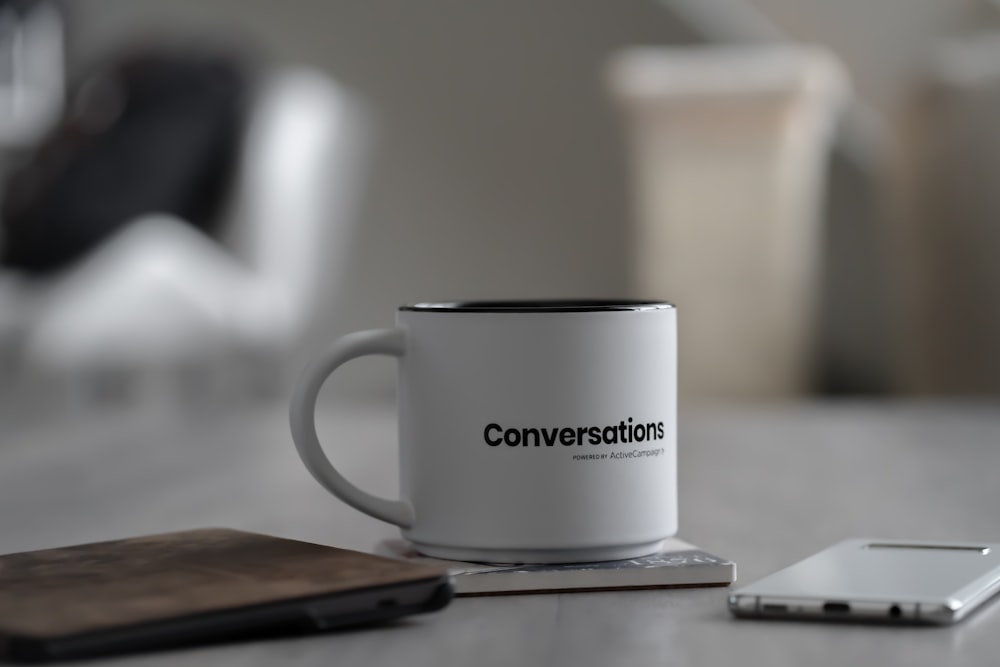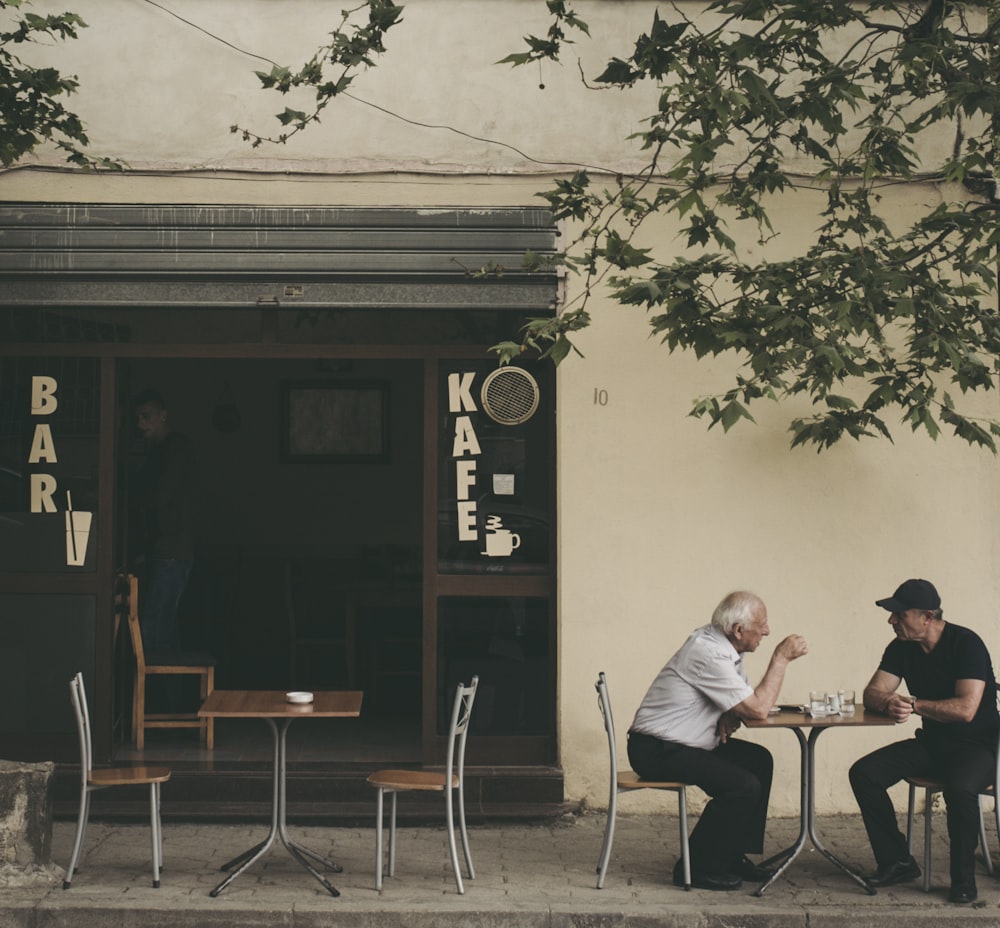The Greeks studied rhetoric, & the Victorians had rules for engaging in social conversations.
Today, we have social media.
We find ourselves asking questions like Are we missing out on meaningful connections?… How is the digital impacting our conversational (& literacy!) skills? In her book the Art of Conversation, British author Catherine Blythe explores the elements of social conversations.
Opening Lines
The level of relationship, the amount of time that has passed since you last conversed & the current situation influence how conversations begin. Blythe suggests perhaps we minimize the importance of our opening lines, likely because we don’t understand the purpose of greeting & small talk.
Greeting
The purpose of a greeting is to acknowledge the other person. At it’s most basic, it communicates “you are a human,” as opposed to a dog, a flower, the sidewalk. I like how Blythe describes hello. She says, it means “I see you.”
Small Talk
Some hate it, some excel at it, but all of us experience it. Turns out small talk may have a more important role than you previously suspected. One of the more conventional subtleties of social conversations, the purpose of small talk is to establish common ground.
Much like methods of entering a body of water, some dive in while others start with their toes. In other words, small talk is different depending on the relationship. You may have two people who disdain small talk who can dive in deep right away or it may lead to silence.
In any case, small talk communicates “you are worth having a conversation with,” at least according to Blythe.
Conversational Turns
We often associate conversation with talking, but speaking is only one half of a good conversation. The best two-person conversations allow time for each to speak & respond.
Like a game of tennis, if one person is serving & the other doesn’t have a chance to return, the game is only fun for one. Likewise, if every time you hit the ball over the net, the other person just stands there, the game will be short-lived.
Conversational turns are important in groups and one-on-one relationships; they apply to adults & to interactions involving early communication.
For more info related to conversational turns, visit Lena.
Listening
Listening is also often underrated, but is actually a sign of a great talker. In her book Listen: Finding God in the Story of Your Life, author Keri Wyatt Kent equates listening with paying attention.
Blythe also associates listening with paying heed, & adds that listening is “the mother of relating.” She lists levels of listening on a scale from 0-6:
- Share feeling/experience (level 6)
- Confirmation of an emotion’s legitimacy (5)
- Pursuit of the topic (4)
- Acknowledgement (3)
- Implicit recognition (but changing the topic) (2)
- Perfunctory recognition (autopilot) (1)
- Denial/contradiction (0)
In other words, there are different levels of paying attention, and these responses impact how we relate.
Responding
We often take turns speaking, as opposed to taking time to really listen & respond to one another.
Here is an example of the difference.
Let’s suppose two friends who walk together weekly are just starting out on a rather ordinary day.
Person #1: Hey, good timing, I just finished my laundry.
Person #2: Aren’t the leaves beautiful? vs. Hi, great, how many loads did you tackle today?
Part of the beauty of conversations is their open-ended creativity, and on any given day, either question might be appropriate. The key is to be aware of the difference. Our responses will impact the direction of the conversation.
As the listening levels above portray, responses communicate different levels of paying attention. Sometimes you might want to focus on your friend’s day, sometimes the beauty of the moment itself. Good social conversations allows space for either or both subjects to surface, taking turns.
Conversational turns provides room for the concerns & interests of each person involved to be shared & heard.
Closing
As with each part of conversation, there is an unspoken element of consideration for the other person that remains important as the conversation draws to a close. People often hint indirectly (or may state outright) they need to wrap up a conversation, but it is easy to miss the signal, especially if responding on autopilot (as in the first example above).
One basic tip for social conversations & closing is simply to be sensitive to what the other person is saying, as well as their non-verbal communication. Some conversationalists are harder to read than others, so ask for clarification if needed.
Second, communicating your experience of the conversation is a good practice. In other words, take turns to the end in a way that is considerate of both parties. For example, the first person might communicate “Our walk was lovely, let’s meet again soon.” While it may not always be necessary & may come more naturally for some conversationalists, culturally, it has become a social grace.
A challenging aspect of what may be more a polite art form than an actual information exchange is to choose to communicate intentionally, even when beginning or wrapping up a conversation. As with customary greetings, we often speak without thinking about meaning, as in “How are you?”… “Fine, how are you?”… “Let’s grab coffee.”
While at times, standard greetings & goodbyes are practical, heartfelt, & encourage positive social relating, at other times, kindness might mean saying something unexpected. For example, instead of quickly agreeing to another walk, consider “I love our walks, but I’m swamped this season. Can I let you know later this week if next week works?”
The content of this post is primarily inspired by the two books linked to above.

